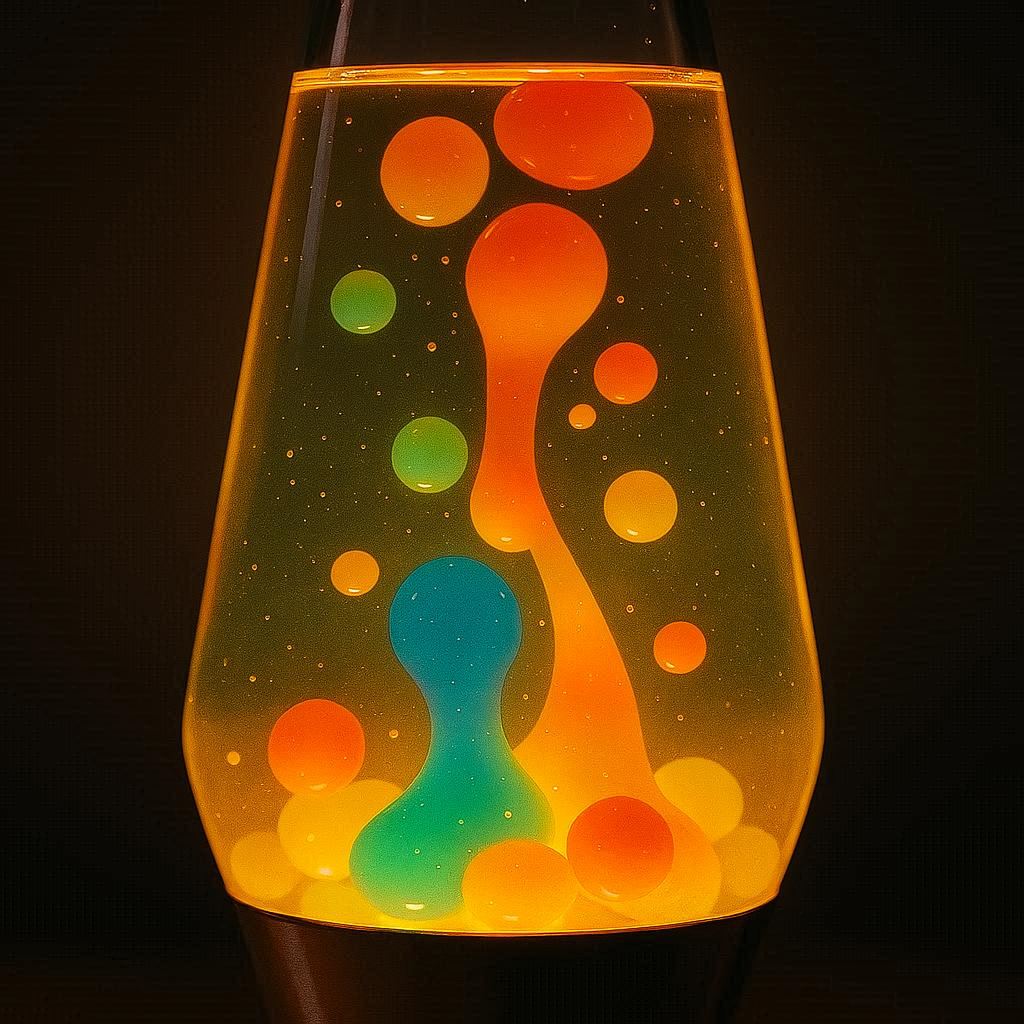Have you ever wondered how certain liquids seem to defy gravity, floating effortlessly on the surface of water? This phenomenon, often referred to as ‘floating ink messages,’ is a fascinating display of science meeting art. At first glance, it appears almost magical, as if the ink is suspended mid-air, conveying hidden messages or creating beautiful patterns. But behind this mesmerizing effect lies a fundamental scientific principle: surface tension.
In this blog post, we’ll explore the science behind floating ink messages, how surface tension plays a crucial role, and how you can create your own magical messages at home. Whether you’re a science enthusiast, a DIY hobbyist, or simply someone intrigued by the mysteries of the natural world, this article is for you.
What is Surface Tension?
Before diving into floating ink messages, it’s essential to understand the concept of surface tension. Surface tension is a physical property of liquids that causes them to behave as if they have an elastic skin at their surface. This ‘skin’ is created by the cohesive forces between the molecules of the liquid. In simpler terms, surface tension is the reason why water forms droplets and why certain insects can walk on water.
Surface tension is stronger in liquids that have molecules with strong intermolecular forces. Water, for example, has high surface tension due to the hydrogen bonds between its molecules. This is why a paper clip can float on water despite being denser than the liquid itself.
The Science Behind Floating Ink Messages
Floating ink messages exploit the properties of surface tension to create the illusion of floating text or patterns. Here’s how it works:
-
Ink and Water Interaction: When you place a drop of ink on the surface of water, the ink molecules (which are typically less dense than water) spread out instead of sinking. This is because the ink molecules are attracted to the water molecules, but the surface tension of the water resists the ink from fully mixing.
-
Surface Tension as a Barrier: The surface tension of the water acts as a protective barrier, preventing the ink from sinking immediately. Instead, the ink molecules form a thin layer on the surface, creating a visible pattern or message.
-
Adding a Surfactant: To make the ink float for a longer period, a surfactant (a substance that reduces surface tension) can be added to the water. Surfactants work by breaking the hydrogen bonds in water, thereby reducing its surface tension and allowing the ink to spread more evenly.
How to Create Your Own Floating Ink Messages
Now that we’ve covered the science behind floating ink messages, let’s move on to the fun part – creating your own magical messages! With just a few simple materials, you can experiment with this phenomenon and amaze your friends and family.
Materials Needed:
- A shallow container or bowl
- Water
- Food coloring or liquid ink
- A toothpick or small stick
- Optional: Dish soap or a surfactant
- Optional: A piece of paper or a white background for better visibility
Step-by-Step Instructions:
-
Prepare the Container: Fill the shallow container with water, leaving about an inch at the top to prevent spilling.
-
Add Ink or Food Coloring: Using the toothpick or small stick, carefully drop a few drops of ink or food coloring onto the surface of the water. Watch as the ink forms droplets and floats on the surface.
-
Create Your Message: Use the toothpick to gently spread the ink into the shape of letters or patterns. Be careful not to stir too hard, as this could break the surface tension and cause the ink to sink.
-
Optional: Add a Surfactant: To make the ink float for a longer time, add a few drops of dish soap to the water. The soap acts as a surfactant, reducing the surface tension and allowing the ink to spread more evenly.
-
Capture the Magic: Place a piece of paper or a white background under the container to better see the floating ink. Take photos or videos to share your creation with others.
Creative Applications of Floating Ink Messages
Floating ink messages aren’t just a fun science experiment; they can also be used in various creative and practical ways. Here are a few ideas to get you started:
1. Art Projects
Floating ink messages can be incorporated into art projects, creating unique and visually striking designs. By using different colors and patterns, you can create intricate artworks that seem to come alive on the surface of the water.
2. Educational Tools
This phenomenon can be used to teach children about surface tension and the properties of liquids in a fun and engaging way. It’s a great hands-on activity for science classes or homeschooling projects.
3. Branding and Marketing
Floating ink messages can be used as a creative medium for branding and marketing. Imagine floating logos or messages on water, creating a unique and memorable visual experience for potential customers.
4. Decorative Displays
Floating ink messages can be used to create decorative displays for events or parties. For example, you can write a welcome message or the name of the event in floating ink, adding a touch of magic to your occasion.
The History of Surface Tension and Floating Messages
The study of surface tension dates back to ancient times, when people first observed the unique properties of water and other liquids. The ancient Greeks, for example, noticed that water bugs could walk on the surface of ponds without sinking. This observation led to early theories about the forces at play on the surface of liquids.
In the 18th century, the concept of surface tension was further explored by scientists like Benjamin Franklin. Franklin conducted experiments with oil and water, discovering that a small amount of oil could spread over a large area of water, reducing its surface tension. His findings laid the groundwork for modern understanding of surface tension and its applications.
Tips and Tricks for Perfecting Floating Ink Messages
Creating floating ink messages can be a bit tricky at first, but with practice and patience, you can master the technique. Here are a few tips to help you get the best results:
1. Use the Right Materials
The type of ink or food coloring you use can affect the outcome of your floating messages. Look for ink that has a low viscosity (thickness) for better spreading. Food coloring works well, but make sure to use a high-quality brand for vibrant colors.
2. Adjust the Surface Tension
To make the ink float for a longer time, you can adjust the surface tension of the water by adding a surfactant like dish soap. Start with a small amount and gradually increase as needed to achieve the desired effect.
3. Experiment with Different Shapes and Sizes
Don’t be limited to simple messages. Experiment with different shapes and sizes to create complex patterns and designs. You can use multiple colors to add depth and dimension to your creations.
4. Capture the Moment
Floating ink messages are temporary, so it’s important to capture your creations while they’re still intact. Use a camera or smartphone to take photos or videos, and consider sharing your work on social media or art platforms.
Conclusion
Floating ink messages are a captivating blend of science and art, offering a unique way to explore the properties of surface tension. By understanding how surface tension works, you can create your own magical messages that seem to float on water. Whether you’re conducting a science experiment, creating art, or simply having fun, floating ink messages are a great way to engage with the fascinating world of liquids and their properties.
So why not give it a try? Gather a few simple materials, experiment with different techniques, and see what kind of floating ink messages you can create. Who knows – you might just discover a new passion or talent for this unique and enchanting art form.
FAQs
Q: What causes the ink to float on water?
A: The ink floats on water due to surface tension, a property of liquids that creates a protective barrier on their surface. The surface tension of water prevents the ink from sinking immediately, allowing it to float and form patterns.
Q: Can I use any type of ink for floating messages?
A: While you can experiment with different types of ink, it’s best to use ink with low viscosity for better spreading. Food coloring is also a great option, especially for vibrant colors.
Q: How can I make the floating ink last longer?
A: To make the floating ink last longer, you can reduce the surface tension of the water by adding a surfactant like dish soap. This will allow the ink to spread more evenly and remain on the surface for a longer time.
Q: Are floating ink messages permanent?
A: No, floating ink messages are temporary. The ink will eventually sink or mix with the water, depending on the surface tension and the presence of surfactants. To preserve your creations, take photos or videos while they’re still intact.
Q: Can I use floating ink messages for commercial purposes?
A: Yes, floating ink messages can be used for creative and commercial purposes, such as branding, marketing, or decorative displays. Just make sure to use high-quality materials and appropriate techniques to achieve professional-looking results.
With these tips and a bit of creativity, you can unlock the magical world of floating ink messages and explore endless possibilities for artistic and scientific expression.



